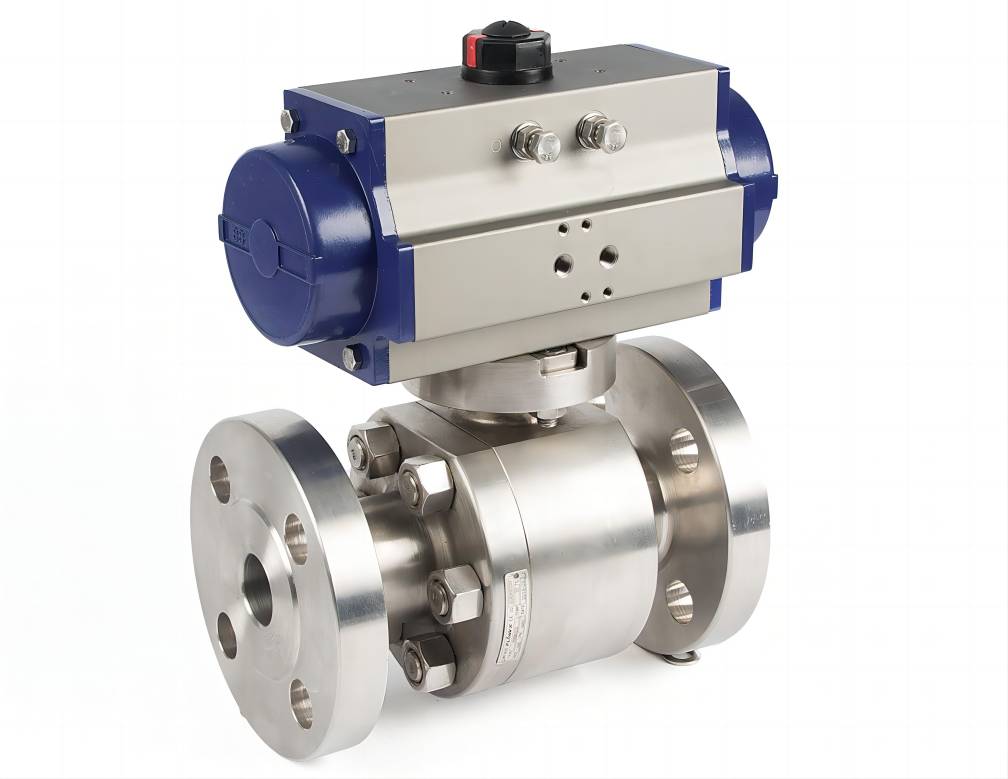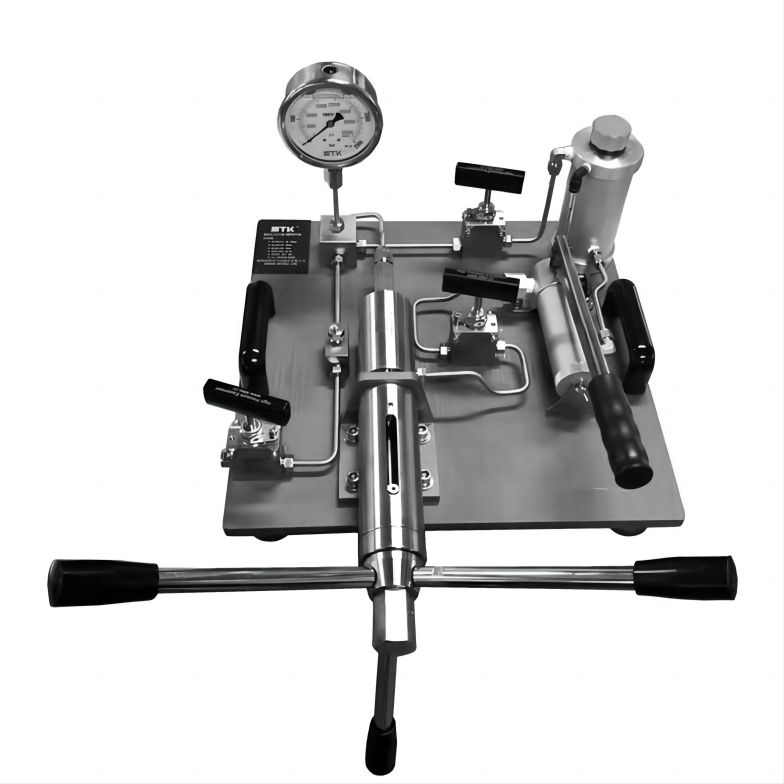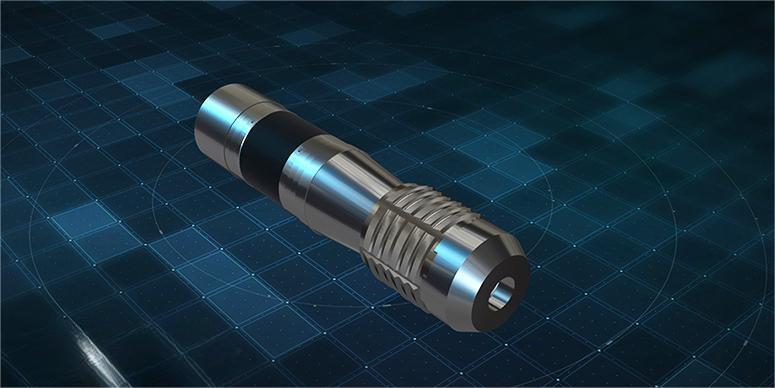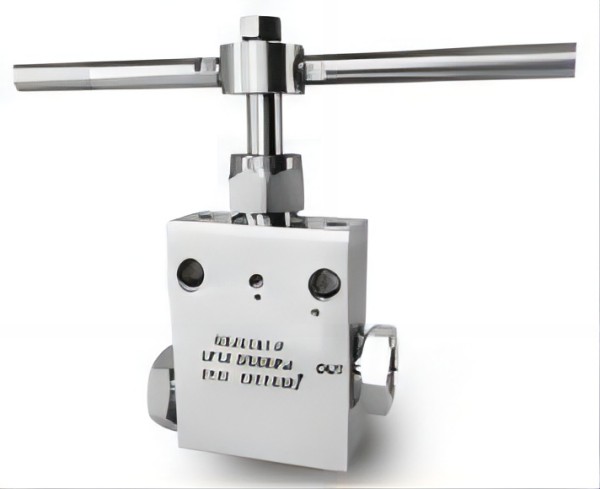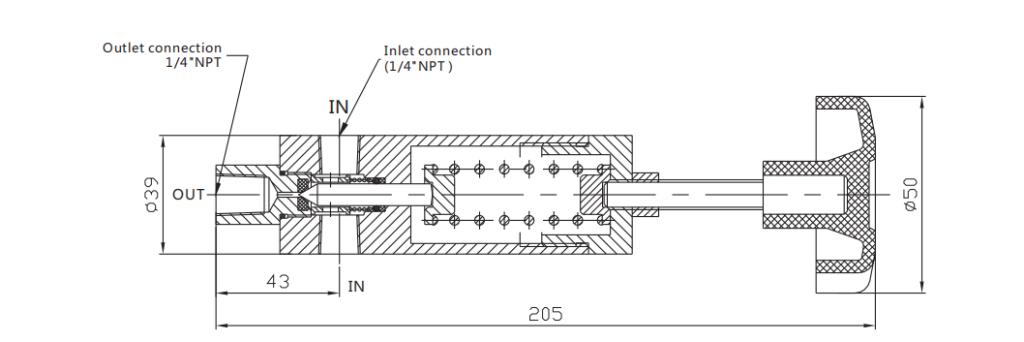How to Choose the Right Chart Recorder?
A Chart Recorder is a simple and reliable device used to record and visually display various types of data over time. It consists of a physical chart or paper that moves continuously or rotates slowly and a pen or stylus that moves along the chart to mark the data points.
Depending on the specific type of chart recorder, there are variations in how the chart moves and the format of the chart itself. The two main types are strip chart recorders, which use a linear strip of paper, and circular chart recorders, which use a rotating circular chart.
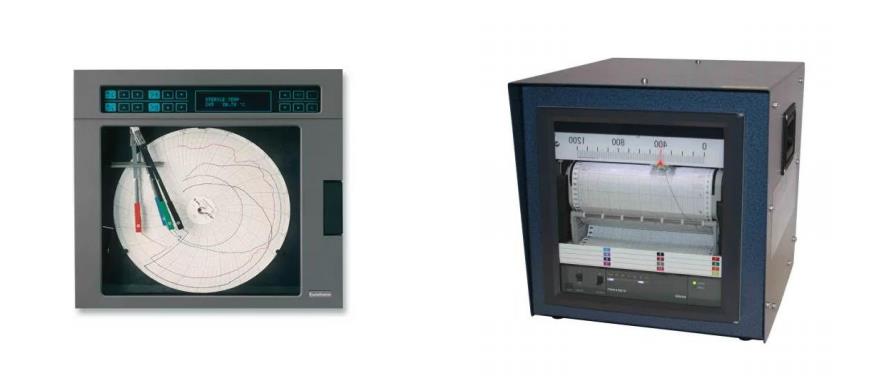
Common Grounds of the Two Types of Recorders
Purpose
- Data Recording: Chart recorders capture and document various parameters and measurements over time, creating a visual record of changes and trends
- Monitoring and Analysis: They facilitate the monitoring of processes, equipment, or environmental conditions, enabling the analysis of data for trends, anomalies, and patterns.
- Quality Control: Chart recorders ensure that processes adhere to established standards by continuously recording and displaying critical parameters.
- Historical Reference: Recorded charts serve as historical records for later reference, audits, compliance, and troubleshooting.
Function
Chart recorders are essential tools for visualizing and documenting data trends over time. They convert complex numerical information into easy-to-understand graphical representations, enabling real-time monitoring and analysis of processes, variables, and conditions. These devices play a pivotal role in quality control, helping to identify deviations and anomalies, optimize operations, and ensure adherence to industry standards.
Chart recorders serve as historical records, allowing for retrospective analysis, troubleshooting, and decision-making. By providing a tangible and visual record of critical data, chart recorders enhance comprehension, aid in process improvement, and facilitate compliance across a wide range of industries, from manufacturing and research to healthcare and environmental monitoring.
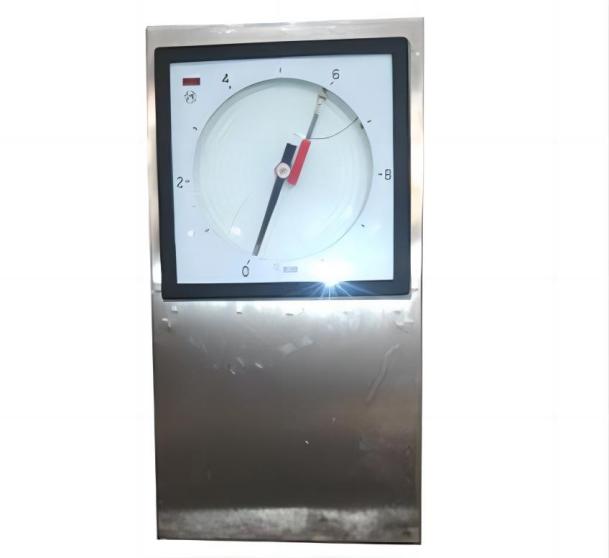
Differences between Strip Chart Recorder and Circular Chart Recorder in 4 Aspects
Chart Format:
- Strip Chart Recorder: Uses a continuous strip of chart paper or plastic that moves linearly as data is recorded. The chart’s length corresponds to the duration of the recording.
- Circular Chart Recorder: Employs a rotating circular chart where data is plotted along the radius as the chart rotates. The circular chart accommodates data over a specified time frame.
Recording Method:
- Strip Chart Recorder: A recording pen or inkjet moves along the length of the moving strip, marking the chart to create a continuous graph.
- Circular Chart Recorder: The recording pen or thermal print head moves radially on the rotating chart, generating data points as the chart revolves.
Chart Storage and Time Duration:
- Strip Chart Recorder: The length of the moving chart limits the duration of data recording. Once the chart is fully utilized, it must be replaced.
- Circular Chart Recorder: The rotating circular chart allows for longer data recording periods. As the chart rotates, it accommodates data over an extended time frame without requiring frequent replacement.
Data Visualization:
- Strip Chart Recorder: Provides a linear representation of data trends over time, with a continuous line graph that spans the length of the moving strip.
- Circular Chart Recorder: Presents data in a circular format, allowing for visualization of cyclical patterns and longer-term trends around the chart’s circumference.
In summary, strip chart recorders use linear paper strips and provide real-time data display with straightforward interpretation. On the other hand, circular chart recorders use rotating circular charts, allowing for longer data storage and retention but may require more effort to interpret the circular data representation. The choice between the two types depends on the specific application requirements and the need for data visualization and storage.
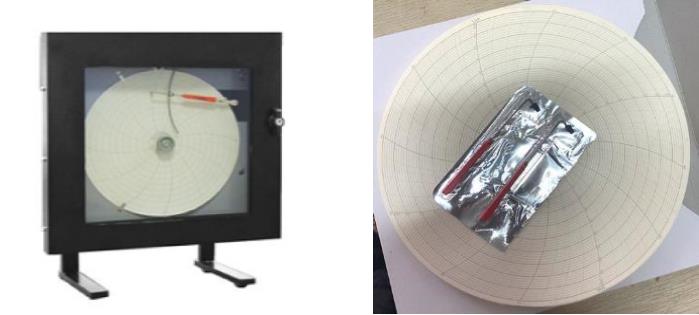
What You Need to Consider When Choosing a Suitable Recorder?
When selecting an appropriate chart recorder for specific applications, these aspects are important.
- Comprehensive Evaluation of Multiple Factors
Beyond the initial decision, considerations regarding data type, frequency of recording, accuracy requirements, environmental conditions, and budget constraints all contribute to a well-informed choice. Each of these elements plays a critical role in ensuring that the selected chart recorder aligns harmoniously with the unique demands of the application at hand.
- Align the Chart Recorder’s Capabilities with the Precise Needs of the Application
For instance, the distinction between real-time monitoring and long-term data storage is pivotal. Strip chart recorders excel in real-time observations, capturing dynamic fluctuations with their linear moving strip. In contrast, circular chart recorders, with their rotating chart, are ideal for extended periods of data storage, preserving trends and patterns over time.
- Inclusion of Special Features
The inclusion of special features like alarms and data logging enhances the recorder’s value. Alarms ensure timely notifications of critical conditions, while data logging facilitates seamless integration of recorded information into the application’s workflow.
The accurate data monitoring and analysis made possible by the right chart recorder significantly contribute to elevating process control and quality assurance. By meticulously matching the recorder’s attributes to the application’s requirements, you pave the way for optimized operations and informed decision-making, underscoring the chart recorder’s pivotal role in your chosen field.
Conclusion
Choosing the right type of chart recorder is crucial for accurate data monitoring and analysis. A well-matched recorder ensures reliable information, improved process control, and better decision-making. It enables easy data visualization, timely anomaly detection, and historical analysis, leading to enhanced productivity and quality in various applications.
Wingoil Mechanical Circular Paper Chart Recorder is an electromechanical device that records an electrical or mechanical input trend onto a piece of paper (the chart). We have a complete range of charts, pens, and accessories kept in stock, and many of our accessories are interchangeable with other manufacturers’ recorders(circular chart recorders).
If you want to know more, please contact us.

